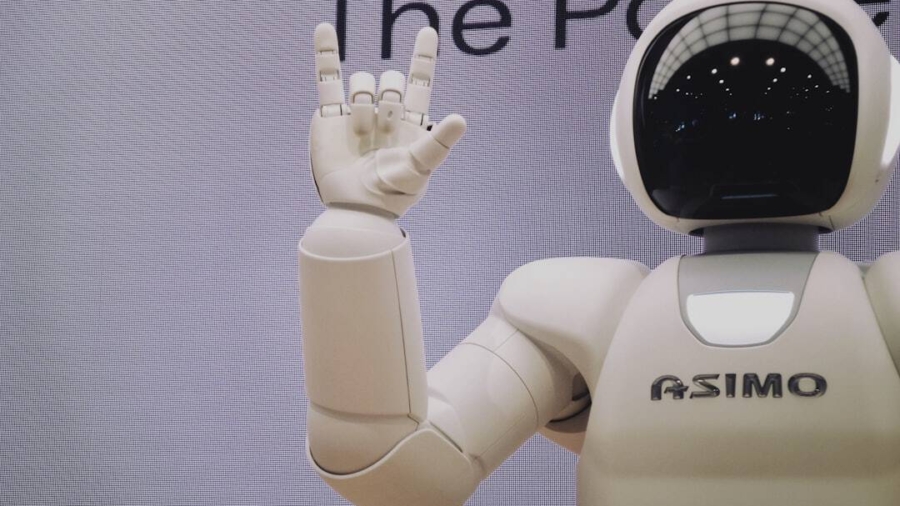In recent years, the importance of recycling has gained significant traction as environmental concerns have escalated. Home recycling systems have emerged as a vital component in the quest for sustainable living, allowing individuals to contribute to waste reduction and resource conservation. These systems enable households to sort, store, and process recyclable materials efficiently, thereby minimizing the amount of waste that ends up in landfills.
The integration of technology into these systems has transformed traditional recycling practices, making them more accessible and effective for the average consumer. The concept of home recycling systems encompasses a variety of methods and tools designed to facilitate the recycling process. From simple bins designated for different materials to sophisticated machines that automate sorting, these systems cater to diverse needs and preferences.
As awareness of environmental issues grows, so does the demand for innovative solutions that simplify recycling at home. This has led to the exploration of robotics and artificial intelligence as potential game-changers in the realm of home recycling, promising to enhance efficiency and accuracy in waste management.
Key Takeaways
- Home recycling systems are becoming increasingly important as a way to reduce waste and promote sustainability.
- Robots play a crucial role in home recycling by automating sorting and separation processes, waste collection, and disposal.
- Automated sorting and separation processes use robots to efficiently separate different types of recyclable materials.
- Robotics in waste collection and disposal help to streamline the recycling process and reduce the need for manual labor.
- The integration of artificial intelligence in recycling systems enhances efficiency and accuracy in sorting and processing recyclable materials.
The Role of Robots in Home Recycling
Streamlining the Recycling Process
In a typical household setting, robots can assist in identifying different types of waste, such as plastics, metals, and paper, and segregating them accordingly. This not only streamlines the recycling process but also reduces the likelihood of contamination, which is a significant issue in traditional recycling methods.
Alleviating the Burden on Individuals
Moreover, the integration of robotic technology into home recycling systems can alleviate the burden on individuals who may find it challenging to manage their waste effectively. For instance, robotic arms equipped with advanced sensors can be programmed to recognize various materials and sort them into designated compartments.
Towards Fully Automated Systems
This automation not only saves time but also encourages more households to participate in recycling efforts by simplifying the process. As robots become more sophisticated, their role in home recycling is expected to expand, potentially leading to fully automated systems that require minimal human intervention.
Automated Sorting and Separation Processes

Automated sorting and separation processes are at the forefront of modern recycling technology, significantly enhancing the efficiency of waste management systems. These processes utilize advanced machinery equipped with sensors, cameras, and artificial intelligence algorithms to identify and categorize materials based on their composition. In a home setting, such systems can be integrated into compact devices that allow users to deposit their recyclables without worrying about manual sorting.
For example, a home recycling unit could feature a conveyor belt system that transports materials through a series of sensors capable of detecting different types of plastics or metals. As items pass through the system, they are automatically sorted into appropriate bins based on their material type. This level of automation not only speeds up the recycling process but also ensures a higher quality of sorted materials, which is crucial for effective recycling downstream.
The implementation of such technologies can lead to increased participation in recycling programs, as users are provided with a hassle-free solution that minimizes the effort required on their part.
Robotics in Waste Collection and Disposal
The application of robotics extends beyond sorting and separation; it also plays a significant role in waste collection and disposal. Robotic systems can be employed to navigate residential areas, collecting recyclables from designated bins or curbside locations. These autonomous vehicles are equipped with advanced navigation systems that allow them to operate safely within neighborhoods while adhering to traffic regulations.
One notable example is the development of robotic waste collection trucks that utilize sensors and cameras to identify and pick up bins placed at the curb. These trucks can be programmed to follow specific routes, optimizing collection schedules based on real-time data regarding waste levels in each bin. By automating the collection process, municipalities can reduce labor costs and improve efficiency in waste management operations.
Furthermore, this technology can contribute to reducing carbon emissions associated with traditional waste collection methods by optimizing routes and minimizing fuel consumption.
Integration of Artificial Intelligence in Recycling Systems
Artificial intelligence (AI) is revolutionizing various industries, and recycling is no exception. The integration of AI into home recycling systems enhances their functionality by enabling machines to learn from data and improve their performance over time. AI algorithms can analyze patterns in waste generation and sorting behaviors, allowing for more accurate predictions regarding material types and quantities.
In practical terms, AI-powered recycling systems can adapt to user habits by learning which materials are most frequently disposed of in a household. This information can be used to optimize sorting processes or provide personalized feedback to users on how to improve their recycling practices. For instance, an AI-enabled home recycling unit could send notifications to users about common mistakes or suggest ways to reduce contamination rates based on historical data.
By leveraging AI technology, home recycling systems can become more intelligent and responsive, ultimately leading to better outcomes for both users and the environment.
Advantages of Robotic Systems in Home Recycling

The advantages of incorporating robotic systems into home recycling are manifold. One of the most significant benefits is the increased efficiency achieved through automation. By reducing the need for manual sorting and handling of recyclables, robotic systems can process materials more quickly and accurately than human operators.
This efficiency not only saves time for users but also enhances the overall effectiveness of recycling programs by ensuring higher quality sorted materials. Additionally, robotic systems can help address common barriers to recycling participation. Many individuals find the sorting process tedious or confusing, leading to lower engagement rates in recycling initiatives.
By automating these tasks, robotic systems simplify the process for users, making it more likely that they will participate consistently. Furthermore, these systems can be designed with user-friendly interfaces that provide real-time feedback on recycling habits, encouraging users to adopt more sustainable practices over time.
Challenges and Limitations of Robotic Recycling Systems
Despite the numerous advantages offered by robotic recycling systems, several challenges and limitations must be addressed for widespread adoption. One significant hurdle is the initial cost associated with implementing advanced robotic technologies in home settings. While prices are gradually decreasing as technology advances, many consumers may still find it prohibitive to invest in sophisticated recycling units equipped with robotics and AI capabilities.
Another challenge lies in the complexity of waste materials themselves. Not all recyclable items are easily identifiable or sortable by machines; some may require human intervention due to their unique shapes or compositions. Additionally, contamination remains a persistent issue in recycling efforts, as improperly sorted materials can compromise entire batches of recyclables.
Developing robots capable of handling diverse waste streams while maintaining high accuracy levels is an ongoing area of research and development.
Future Developments and Innovations in Robotic Recycling Technology
The future of robotic recycling technology holds immense potential for further advancements that could revolutionize how we approach waste management at home.
Innovations such as machine learning could enable robots to adapt dynamically to new types of waste as they emerge in consumer markets.
Moreover, collaborations between tech companies and environmental organizations may lead to the development of standardized protocols for robotic recycling systems across different regions. This standardization could facilitate interoperability between various devices and platforms, creating a more cohesive approach to home recycling efforts globally. As public awareness regarding sustainability grows, investments in research and development will likely accelerate, paving the way for groundbreaking solutions that make home recycling not only easier but also more effective than ever before.
A related article to How Robots Are Improving the Efficiency of Home Recycling Systems is “What We Can Learn from Instagram’s Founders’ Return to the Social Media Scene.” This article discusses the insights and strategies that can be gained from the return of Instagram’s founders to the social media industry. By clicking on this link, readers can explore how the experiences of successful entrepreneurs can provide valuable lessons for individuals and businesses looking to make an impact in the digital world.
FAQs
What are the benefits of using robots in home recycling systems?
Robots can improve the efficiency of home recycling systems by sorting materials more accurately and quickly than humans, leading to increased recycling rates and reduced contamination.
How do robots improve the sorting process in home recycling systems?
Robots use advanced sensors and artificial intelligence to identify and sort different types of materials, such as plastics, glass, and metals, with precision and speed.
What impact do robots have on the overall efficiency of home recycling systems?
By automating the sorting process, robots can significantly increase the throughput of materials in home recycling systems, leading to higher productivity and reduced operational costs.
Are robots in home recycling systems environmentally friendly?
Yes, robots in home recycling systems can contribute to a more sustainable environment by improving the quality of recycled materials and reducing the amount of waste sent to landfills.
What are the potential challenges of implementing robots in home recycling systems?
Challenges may include the initial investment cost, maintenance of the robotic systems, and the need for skilled technicians to operate and oversee the robots.


Add a Comment